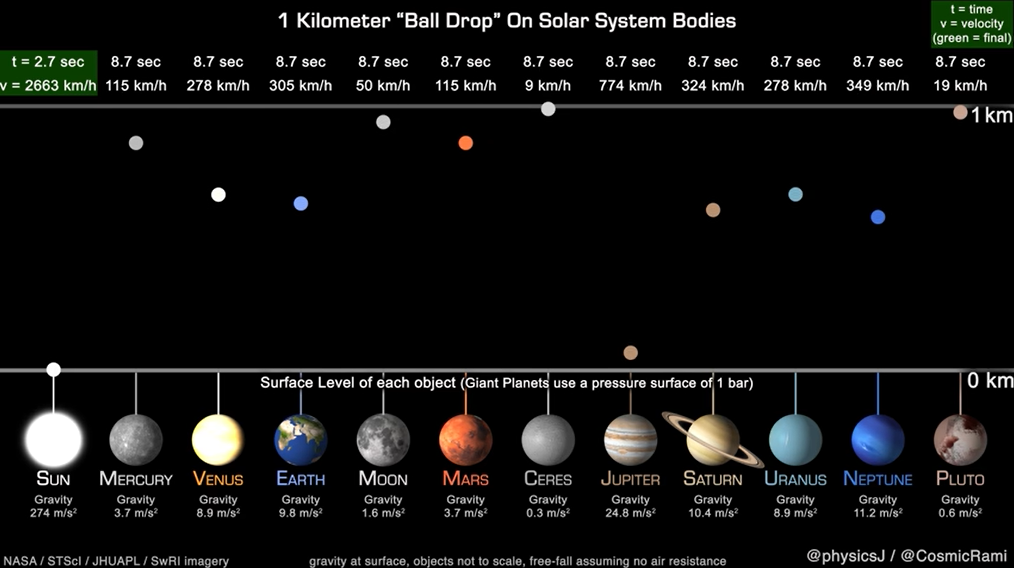The IO Rosetta Stone
Recently to a friend, I quipped that it’d be a good exercise towards demystifying Haskell’s IO type to write a comparable IO type in your favorite language. In this blog post, I do that for Java, Javascript, Python, and Scala.
My favorite way of understanding a type is by looking at its constructors, combinators, and eliminators. But what do I mean by constructors, combinators, and eliminators? Let me show you by looking at a more familiar type first before we tackle IO.
We call Set an opaque type because its authors chose to hide its implementation. Instead of letting us muck around with the internals, they give us some functions that we can use to create sets.
Notice that each of those functions returns a set, and none of them require a set in any of its inputs, so we call these functions constructors.
Each function in this group takes one or more sets in its input and returns a set. These functions are thought of as combining their inputs in some way to create new sets, so we call them combinators.



















